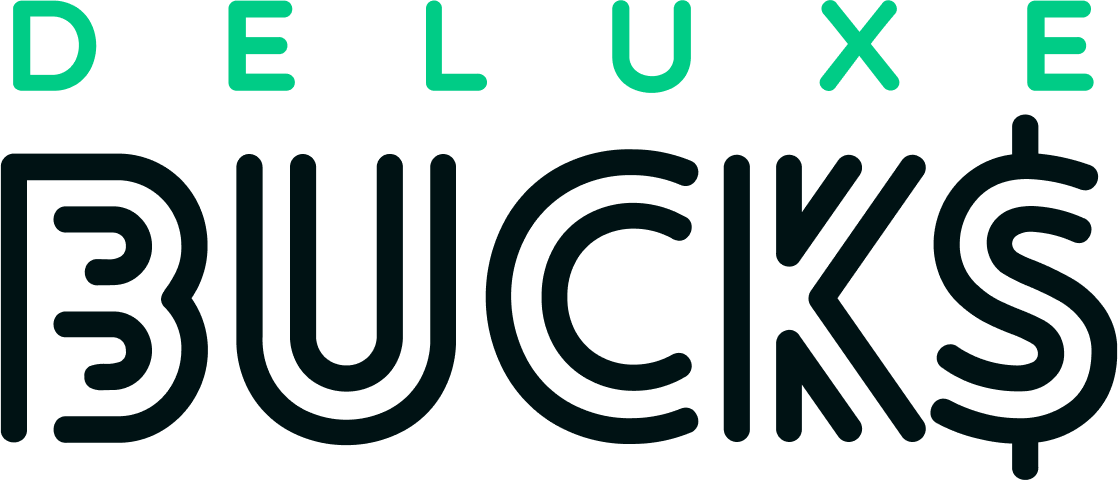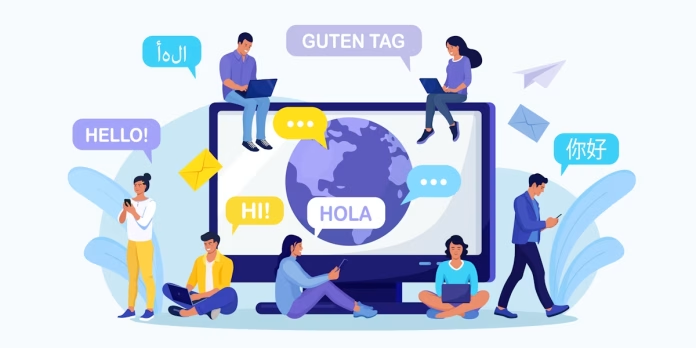Bilingual and Multicultural Education
In today’s interconnected world, bilingual and multicultural education has become more important than ever. These educational approaches not only enhance cognitive abilities but also foster cultural awareness and inclusivity. But what exactly do these terms mean, and why are they so crucial?
Historical Background
Early Examples of Bilingual Education
Bilingual education isn’t a new concept. Ancient civilizations, such as the Romans, often educated their elite in multiple languages. This practice continued through the ages, evolving significantly over time.
Evolution Over Time
From the early 20th century to the present day, bilingual education has seen various transformations. Initially, it was primarily for immigrant communities, but now it’s recognized for its broader cognitive and cultural benefits.
Benefits of Bilingual Education
Cognitive Advantages
Studies have shown that bilingual individuals often have better problem-solving skills and cognitive flexibility. This is because managing two languages enhances brain function.
Academic Performance
Bilingual students tend to perform better academically. They often excel in subjects like math and science, thanks to their enhanced cognitive abilities.
Cultural Awareness
Learning a second language opens up a world of cultural understanding. It helps students appreciate different perspectives and fosters global citizenship.
Challenges in Bilingual Education
Resource Allocation
One of the main challenges is the allocation of resources. Schools often struggle to provide adequate materials and support for bilingual programs.
Teacher Training
Effective bilingual education requires well-trained teachers. Unfortunately, there’s often a shortage of educators who are proficient in both the language and the pedagogical skills needed.
Policy and Legislation
Policies surrounding bilingual education can be complex and vary widely. Navigating these regulations can be a significant hurdle for schools.
Multicultural Education: An Overview
Definition and Scope
Multicultural education goes beyond language. It encompasses teaching students about different cultures, histories, and perspectives.
Key Principles
The core principles of multicultural education include promoting equality, respecting diversity, and preparing students for a global society.
Benefits of Multicultural Education
Promoting Inclusivity
Multicultural education helps create an inclusive environment where all students feel valued and respected.
Reducing Prejudice
By exposing students to diverse cultures, multicultural education reduces stereotypes and prejudices.
Enhancing Social Skills
Students in multicultural settings often develop better social skills and empathy, as they learn to interact with people from different backgrounds.
Challenges in Multicultural Education
Curriculum Development
Creating a curriculum that accurately represents diverse cultures can be challenging. It requires careful planning and a deep understanding of different cultural contexts.
Resistance to Change
There can be resistance from various stakeholders, including parents and educators, who may be accustomed to traditional teaching methods.
Assessment and Evaluation
Assessing the effectiveness of multicultural education programs can be difficult. Standardized tests may not capture the full range of skills and knowledge that these programs aim to develop.
Integrating Bilingual and Multicultural Education
Strategies for Integration
Combining bilingual and multicultural education can be highly effective. Strategies include incorporating cultural studies into language lessons and using bilingual resources to teach about different cultures.
Case Studies
Several schools have successfully integrated these approaches. For example, some schools in Canada use bilingual education to teach both English and French, while also incorporating lessons on the diverse cultures within the country.
Role of Teachers in Bilingual and Multicultural Education
Professional Development
Ongoing professional development is crucial for teachers. This includes training in both language skills and cultural competence.
Teaching Strategies
Effective strategies include using culturally relevant materials, encouraging student collaboration, and fostering an inclusive classroom environment.
Role of Parents and Community
Parental Involvement
Parents play a vital role in supporting bilingual and multicultural education. Their involvement can enhance the learning experience and reinforce cultural values at home.
Community Support
Community organizations can provide additional resources and support for schools. This includes cultural events, language classes, and mentorship programs.
Policy and Legislation
Current Policies
Policies on bilingual and multicultural education vary widely. Some countries have robust programs and support, while others are still developing their approaches.
Recommendations for Improvement
To improve these programs, policymakers should focus on increasing funding, providing teacher training, and creating inclusive curricula.
Technology in Bilingual and Multicultural Education
Digital Tools and Resources
Technology can be a powerful tool in bilingual and multicultural education. Digital resources, such as language learning apps and online cultural databases, can enhance the learning experience.
Online Learning Platforms
Online platforms offer flexible and accessible options for students to engage with bilingual and multicultural content.
Future of Bilingual and Multicultural Education
Emerging Trends
Trends in education are constantly evolving. In the future, we can expect to see more emphasis on global citizenship and digital literacy in bilingual and multicultural programs.
Predictions and Projections
As the world becomes more interconnected, the demand for bilingual and multicultural education will likely continue to grow. Schools will need to adapt to these changes to prepare students for a globalized future.
Conclusion
Bilingual and multicultural education are essential components of modern education. They not only enhance cognitive and academic performance but also promote cultural awareness and inclusivity. By addressing the challenges and leveraging the benefits, we can create a more equitable and effective educational system.
FAQs
1. What is the difference between bilingual and multicultural education? Bilingual education focuses on teaching students in two languages, while multicultural education encompasses teaching about various cultures and perspectives.
2. How can schools implement bilingual education programs? Schools can start by hiring qualified bilingual teachers, providing appropriate resources, and creating a supportive policy framework.
3. What are the main challenges of multicultural education? Challenges include curriculum development, resistance to change, and effective assessment and evaluation.
4. How does bilingual education benefit cognitive development? Bilingual education enhances cognitive abilities such as problem-solving, multitasking, and cognitive flexibility.
5. What role do parents play in supporting bilingual education? Parents can support bilingual education by being involved in their child’s learning, providing resources at home, and encouraging the use of both languages.


